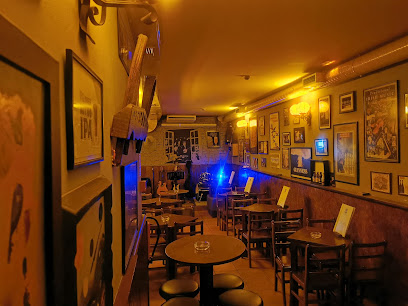
Discover the Ancient Splendor of the Roman Thermae of Maximinus
Explore the Roman Thermae of Maximinus in Braga, a historical landmark that offers a glimpse into the grandeur of ancient Roman baths.
Step into history at the Roman Thermae of Maximinus in Braga, a captivating historical landmark that showcases the grandeur of ancient Roman baths. This remarkable site offers tourists a glimpse into the past, immersing them in the architectural marvels and cultural significance of Roman civilization. Explore the ruins, learn about their fascinating history, and enjoy the tranquil atmosphere of this unique attraction.
A brief summary to Roman Thermae of Maximinus
- R. Dr. Rocha Peixoto 13, Braga, PT
- +351253278455
- Monday 9:30 am-1 pm
- Tuesday 9:30 am-1 pm
- Wednesday 9:30 am-1 pm
- Thursday 9:30 am-1 pm
- Friday 9:30 am-1 pm
- Saturday 11 am-5:30 pm
Local tips
- Visit during weekdays to avoid crowds, especially on sunny days when the ruins are particularly beautiful.
- Consider joining a guided tour for in-depth knowledge about the site's history and significance.
- Bring a camera to capture the stunning architecture and surrounding gardens, especially during golden hour.
- Check the opening hours before your visit, as they may vary on weekends and holidays.
- Combine your visit with a stroll around Braga's historic center to experience the city's vibrant atmosphere.
Getting There
-
Car
If you are traveling by car, navigate to the town of Braga, which is approximately 30 km from the Peneda-Gerês National Park. From the park, head southeast on the N304 road. After about 20 km, merge onto the N103 towards Braga. Continue on N103 for about 10 km, then take the exit towards R. Dr. Rocha Peixoto. The Roman Thermae of Maximinus is located at R. Dr. Rocha Peixoto 13, 4700-043 Braga. There is street parking available nearby, but it may incur a small fee depending on the area.
-
Public Transportation
To reach the Roman Thermae of Maximinus using public transportation, first take a bus from the nearest town in Peneda-Gerês National Park to Braga. Check the local bus schedules for lines that operate towards Braga. Once in Braga, you can either walk or take a taxi to R. Dr. Rocha Peixoto, which is about a 15-minute walk from the bus station. The fare for the bus may vary, typically around 5-10 euros, depending on the route and distance.
Discover more about Roman Thermae of Maximinus
Iconic landmarks you can’t miss
Ruína do Aqueduto Romano
0.2 km
Explore the Ruína do Aqueduto Romano in Braga, a stunning historical landmark showcasing ancient Roman engineering amidst beautiful landscapes.
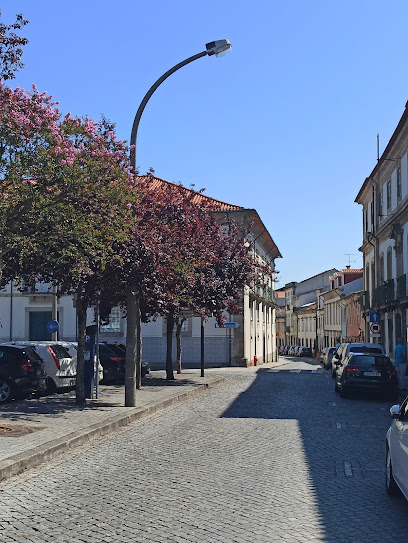
Cruzeiro do Campo das Carvalheiras
0.3 km
Explore the historical allure of Cruzeiro do Campo das Carvalheiras in Braga, Portugal - a serene landmark steeped in culture and heritage.
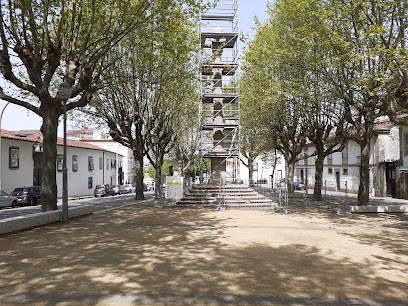
D. Frei Bartolomeu Dos Mártires Statue
0.3 km
Explore the D. Frei Bartolomeu Dos Mártires Statue in Braga, a captivating sculpture celebrating history and artistry in the heart of Portugal.
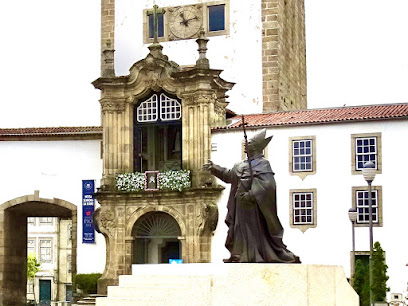
Torre Medieval de Nossa Senhora da Torre
0.3 km
Uncover the medieval legacy of Braga at Torre Medieval de Nossa Senhora da Torre, where history and culture come alive through fascinating exhibits.

Quiosque Campo das Hortas
0.4 km
Experience the charm of Quiosque Campo das Hortas in Braga, where a delightful newsstand meets a cozy beer garden in the heart of the city.
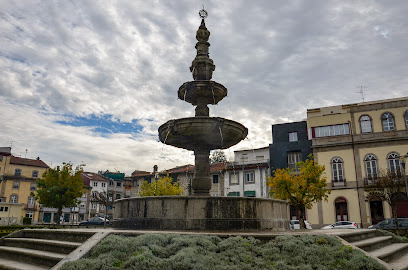
Chafariz do Castelo
0.6 km
Experience the charm of Chafariz do Castelo, a historical fountain in Braga, Portugal, surrounded by lush greenery and rich heritage.

Torre dos Coimbras
0.6 km
Discover Torre dos Coimbras, a historical gem in Braga, Portugal, offering scenic views and a glimpse into the region's rich architectural heritage.
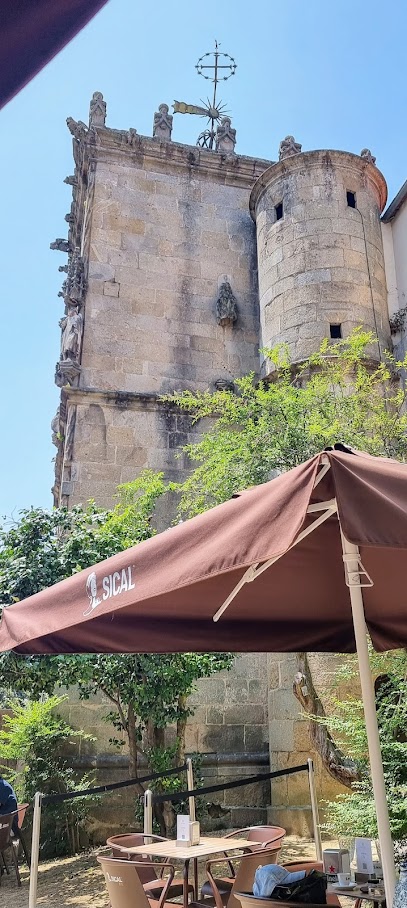
Church of São João do Souto
0.6 km
Explore the architectural beauty and rich history of the Church of São João do Souto, a must-visit Catholic church in Braga, Portugal.
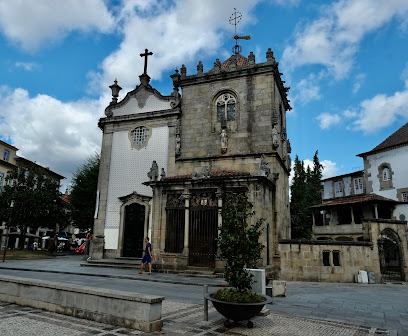
Largo do Paço
0.6 km
Explore the historical charm of Largo do Paço in Braga, Portugal, a vibrant square filled with culture, architecture, and delightful culinary experiences.
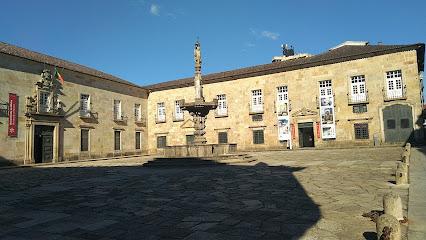
Archbishops Court
0.6 km
Explore the grandeur of the Archbishops Court in Braga, a historical landmark showcasing exquisite architecture and rich ecclesiastical history.
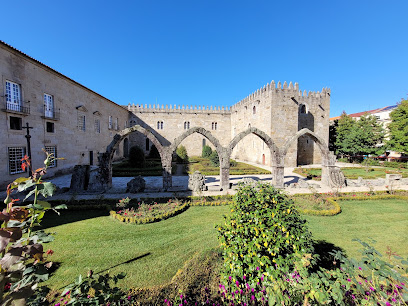
Saint Markus Church
0.6 km
Experience the serene beauty and architectural splendor of Saint Markus Church, a cultural gem in Braga, Portugal, perfect for every traveler.

Igreja do Hospital ou Igreja de São Marcos
0.6 km
Discover the serene beauty of Igreja do Hospital, a baroque masterpiece in Braga, Portugal, where history and spirituality intertwine.
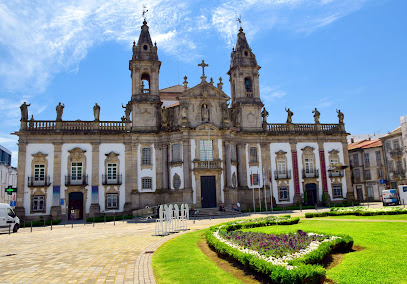
Braga Historic Center
0.6 km
Explore Braga's Historic Center, a captivating blend of ancient architecture, vibrant culture, and delicious local cuisine in the heart of northern Portugal.
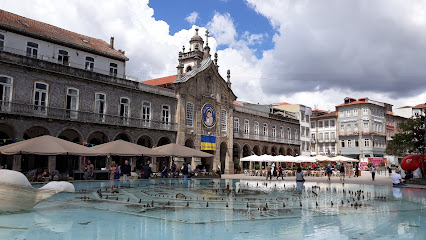
Letreiro Braga
0.6 km
Discover Letreiro Braga, a stunning landmark in Braga, Portugal, where vibrant culture meets breathtaking views, perfect for unforgettable memories.
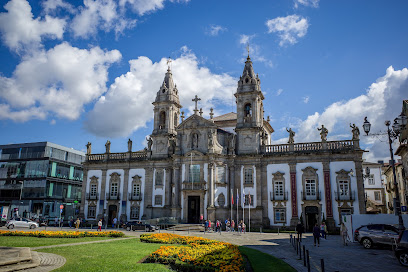
Palácio do Raio
0.6 km
Discover the Baroque beauty of Palácio do Raio in Braga, a captivating heritage building and museum showcasing the region's rich history.
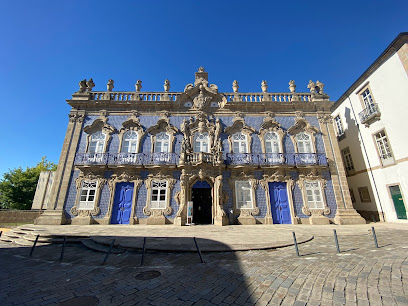
Unmissable attractions to see
Museum of archeology D. Diogo de Sousa
0.2 km
Explore Portugal's ancient heritage at the Museum of Archeology D. Diogo de Sousa in scenic Braga, a captivating journey through time.
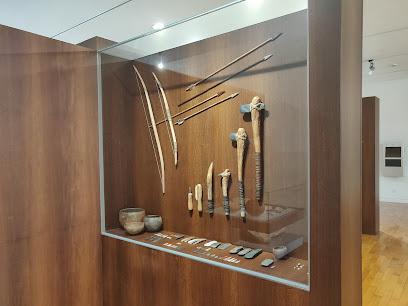
Domus da Escola Velha da Sé
0.3 km
Explore Braga's historical treasures at Domus da Escola Velha da Sé, a captivating museum showcasing the region's rich heritage.
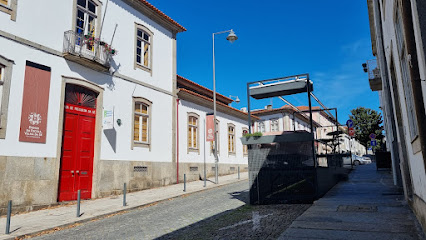
Largo de São Paulo
0.3 km
Experience the historic beauty and vibrant culture of Largo de São Paulo, a must-visit square in Braga, Portugal, perfect for relaxation and exploration.

Campo das Hortas
0.4 km
Explore the tranquil beauty of Campo das Hortas, a serene garden oasis in Braga, perfect for relaxation and picturesque scenery.
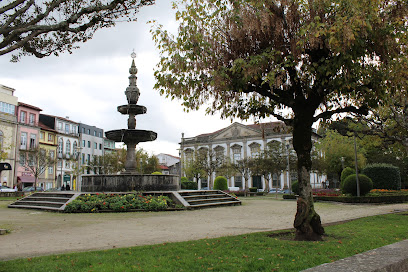
Museu Pio XII
0.4 km
Explore the captivating history and art at Museu Pio XII in Braga, Portugal, a cultural gem that reveals the region's rich heritage.
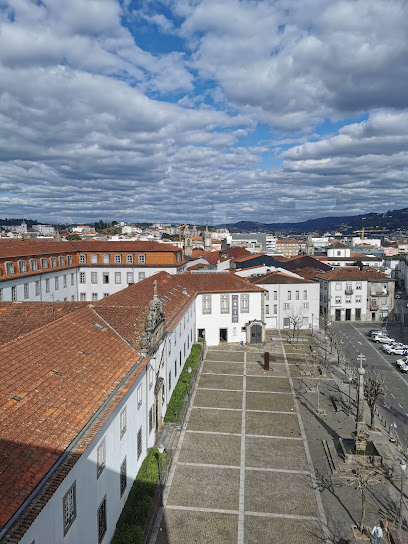
Arco da Porta Nova
0.4 km
Discover the beauty of Braga at the historic Arco da Porta Nova, a stunning 18th-century archway that welcomes you to the heart of the city.
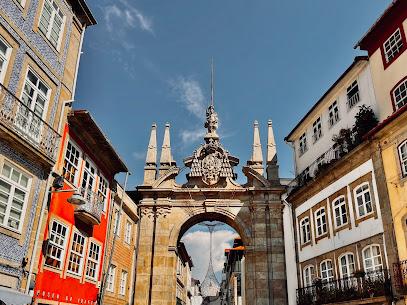
Image Museum
0.5 km
Explore the Image Museum in Braga: A Visual Journey Through the Art of Photography and Cultural Heritage.
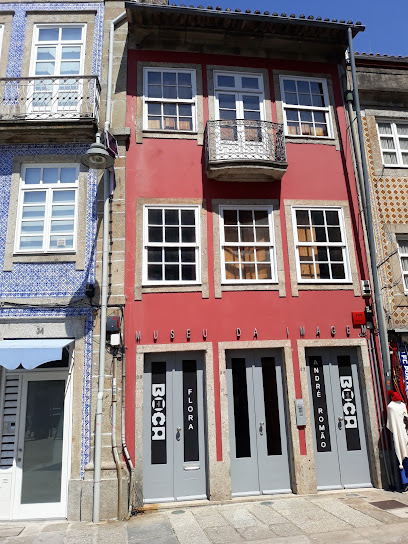
Balneário Pré-Romano de Bracara
0.5 km
Explore the ancient Roman bathhouse at Balneário Pré-Romano de Bracara in Braga, a captivating heritage site showcasing Portugal's rich history.
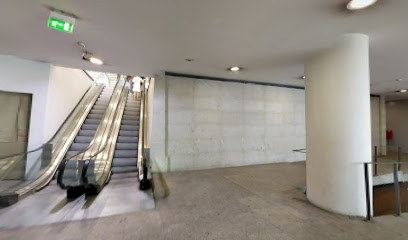
Monumento centenário (CNE)
0.5 km
Explore the Monumento Centenário in Braga, a stunning tribute to the city's rich heritage and a must-visit tourist attraction infused with history.
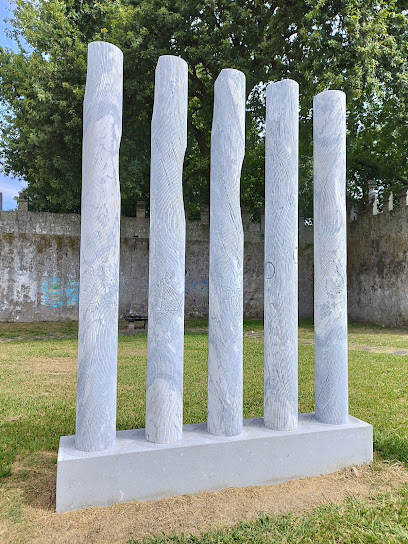
Infant Dom Afonso Tomb
0.5 km
Discover the rich history of Braga at the Tomb of Infant Dom Afonso, a serene attraction within the stunning Braga Cathedral.
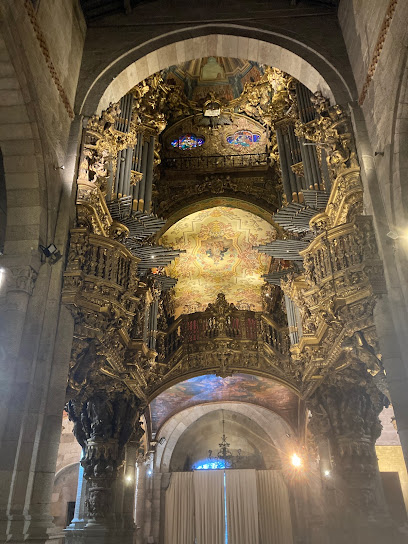
Torre de São Sebastião
0.5 km
Explore the grandeur of Torre de São Sebastião, Braga's iconic historical landmark, showcasing the city's rich heritage and stunning architecture.
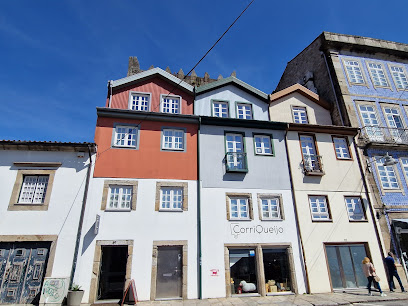
Santa Maria de Braga Cathedral
0.5 km
Explore the Santa Maria de Braga Cathedral, a stunning blend of architectural styles and rich history at the heart of Braga, Portugal.
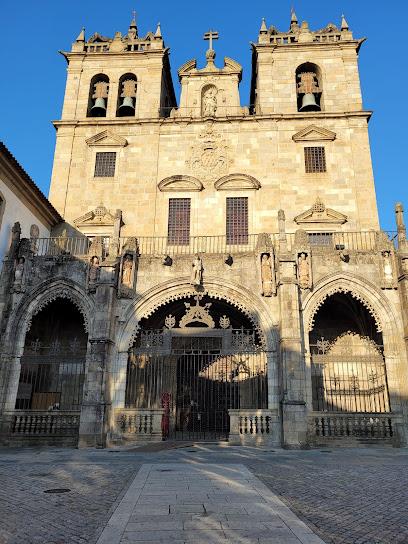
Braga Cathedral
0.5 km
Explore Braga Cathedral, a stunning historical site that showcases the rich architectural heritage and spiritual significance of Braga, Portugal.
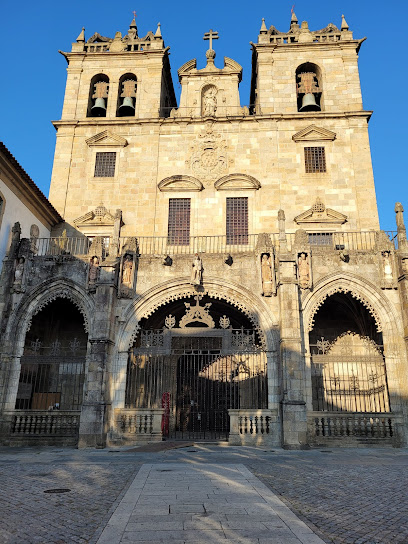
Tesouro- Braga Cathedral Museum
0.5 km
Explore Braga Cathedral Museum, a captivating journey through history and art in the heart of Braga, Portugal. Discover religious treasures and cultural heritage.
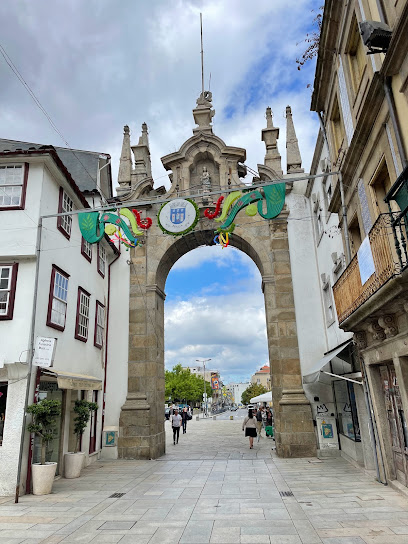
Monumento ao Lionismo
0.5 km
Explore the Monument to Lionism in Braga, a remarkable tribute to community service and friendship, offering cultural insights and scenic views.
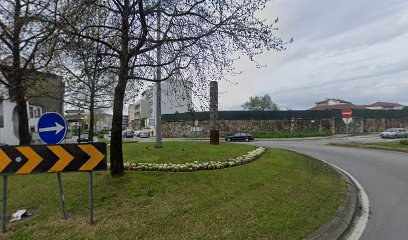
Essential places to dine
Casa de Pasto das Carvalheiras
0.3 km
Experience an unforgettable culinary journey at Casa de Pasto das Carvalheiras in Braga, blending Mediterranean and Thai flavors in a cozy atmosphere.

Michizaki
0.3 km
Experience authentic Japanese izakaya dining in Braga with exquisite sushi and traditional dishes at Michizaki.
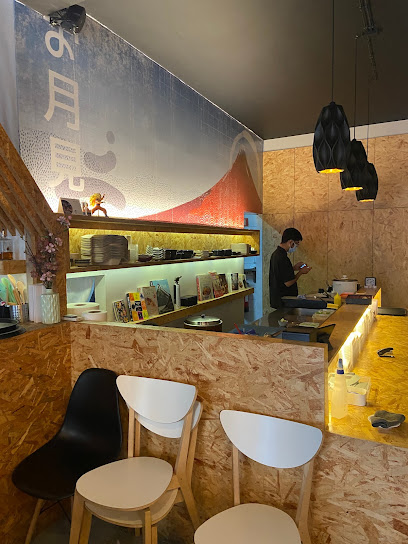
Diana
0.3 km
Experience exquisite Portuguese cuisine at Diana in Braga – where tradition meets modern elegance for an unforgettable dining adventure.
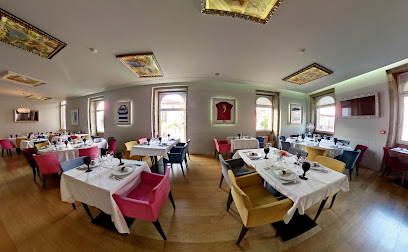
Atravessado - Restaurante & Petisqueira
0.3 km
Experience authentic Portuguese cuisine at Atravessado - Restaurante & Petisqueira in Braga; savor traditional flavors and delightful petiscos.
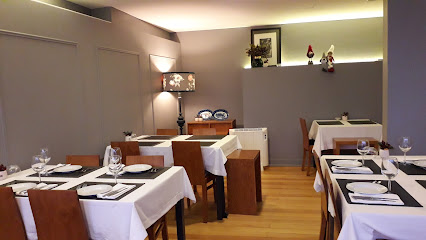
Restaurante Pizzaria Sale&Dolce
0.3 km
Experience authentic Italian flavors at Restaurante Pizzaria Sale&Dolce in Braga - where every bite is a taste of Italy.
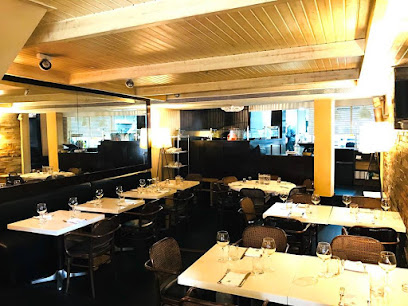
Mi À Mi
0.3 km
Experience exceptional dining at Mi À Mi in Braga – where local flavors meet culinary creativity for an unforgettable meal.
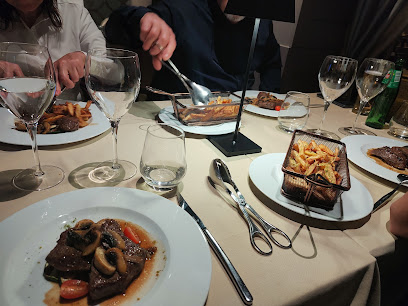
Restaurante Time To
0.3 km
Experience authentic Portuguese cuisine at Restaurante Time To in Braga - where every dish tells a story.

Kartilho
0.3 km
Discover authentic Portuguese cuisine at Kartilho in Braga, where every dish tells a story of tradition and flavor.
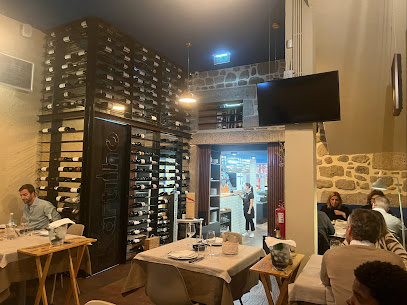
La Piola - Cucina con Storia
0.4 km
Discover authentic Italian cuisine at La Piola in Braga – where tradition meets flavor in every dish.
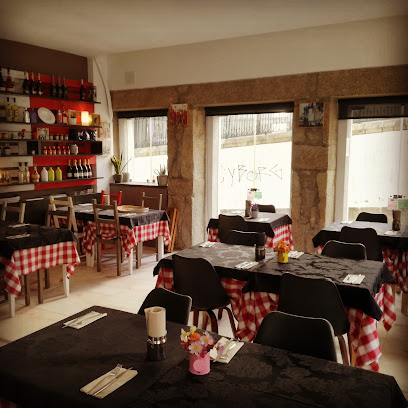
Restaurante Cozinha da Sé
0.4 km
Discover the essence of Portuguese cuisine at Restaurante Cozinha da Sé in Braga - where tradition meets modern flavor.
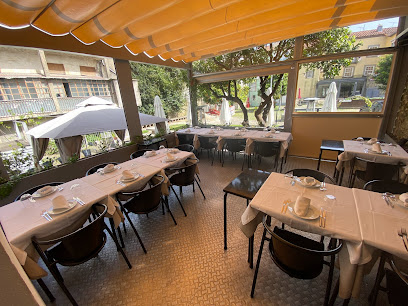
Bira dos Namorados
0.4 km
Discover Bira dos Namorados in Braga - where gourmet burgers meet local charm in an unforgettable dining experience.
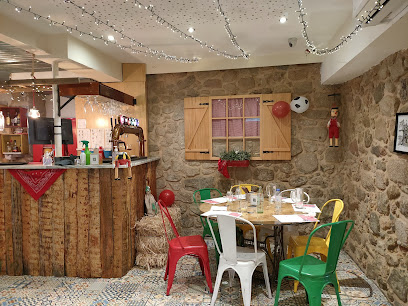
Domus Vinum
0.4 km
Experience authentic Portuguese cuisine and exceptional wines at Domus Vinum in Braga - A must-visit for every food and wine enthusiast.
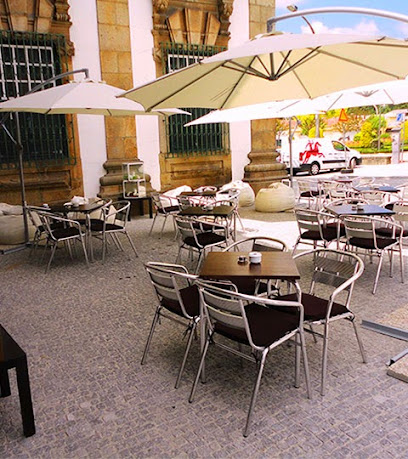
RUELA - Eat. Drink. Terrace
0.4 km
Experience the vibrant taste of Spain at Ruela - Braga's premier destination for authentic tapas and delightful dining.
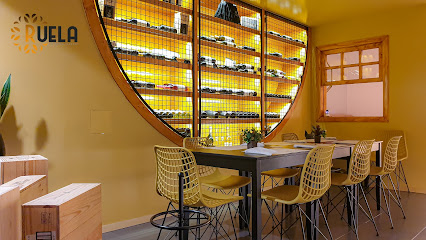
Lakkana Thai Restaurant
0.4 km
Experience authentic Thai cuisine at Lakkana Thai Restaurant in Braga – where tradition meets flavor in every dish.
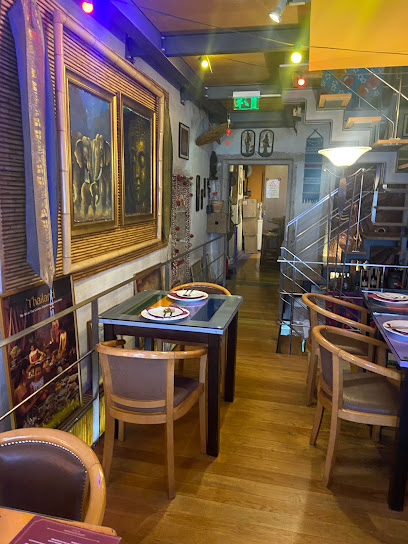
Restaurante Bem-me-quer
0.4 km
Experience authentic Portuguese cuisine in Braga at Restaurante Bem-me-quer, where every dish tells a story of tradition and flavor.
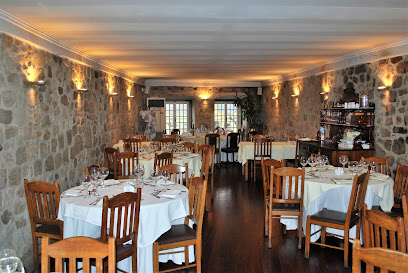
Markets, malls and hidden boutiques
CE-Nomaza | E-Commerce
0.1 km
Experience a unique shopping journey at CE-Nomaza in Braga, where local craftsmanship meets innovative e-commerce.
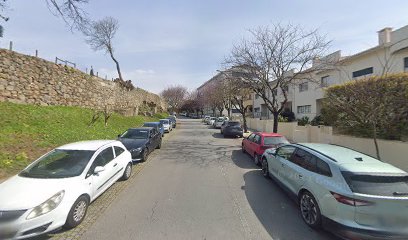
loja de roupa
0.2 km
Explore Braga's vibrant clothing store, where unique fashion meets local charm in a delightful shopping experience.

Storemakof
0.2 km
Discover exceptional value and a wide selection of products at Storemakof, Braga's premier warehouse club for savvy shoppers.
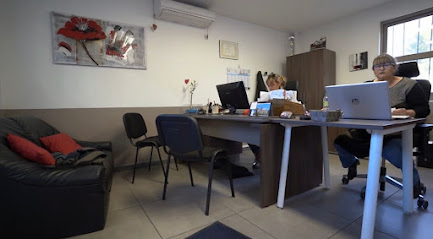
Vintage Alternative Store
0.2 km
Explore a treasure trove of vintage furniture and antiques at Braga's Vintage Alternative Store, where history meets style and charm.
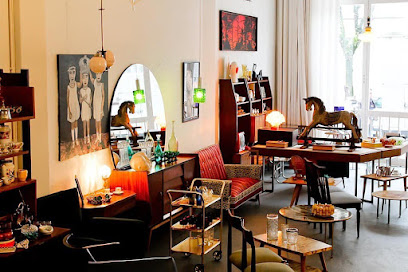
Futuro sport
0.3 km
Discover the latest fashion trends at Futuro Sport, Braga's go-to clothing store for stylish apparel and accessories.

Sartoke Tailoring
0.3 km
Explore Sartoke Tailoring in Braga for exquisite bespoke garments that blend tradition with modern fashion, crafting your unique style.

Missanga
0.4 km
Explore Missanga in Braga for a unique shopping experience, featuring stylish clothing and accessories that reflect the local culture and contemporary fashion trends.
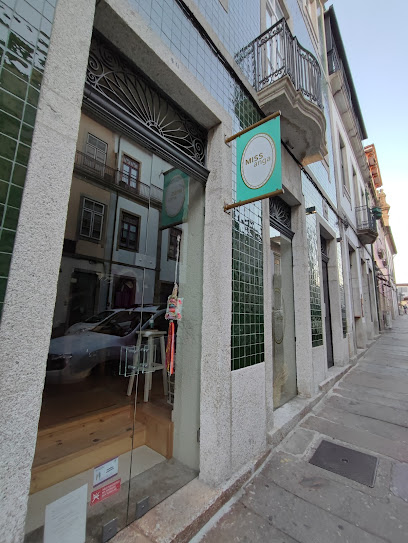
Dulzia Braga
0.4 km
Discover Dulzia Braga, the ultimate candy store in Braga, offering a delightful selection of sweets and treats for every taste.
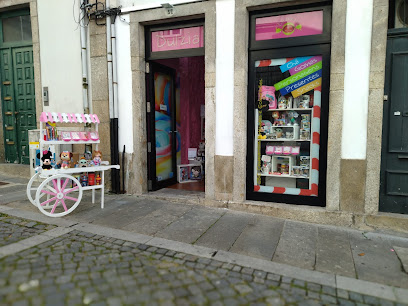
Loja das Marias
0.4 km
Explore Loja das Marias in Braga, where unique women's fashion and exquisite jewelry come together in a delightful shopping experience.
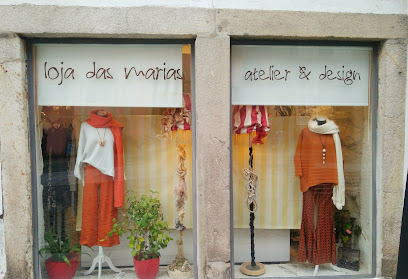
Casa Santa Maria de Braga
0.4 km
Discover unique gifts and local crafts at Casa Santa Maria de Braga, a charming shop that captures the essence of Portuguese culture.
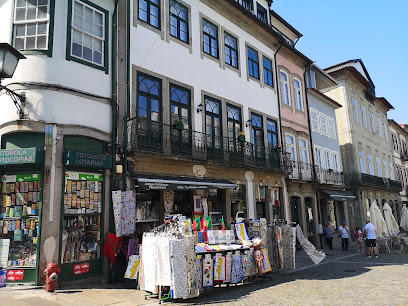
BumbumFit
0.4 km
Discover unique fashion at BumbumFit, Braga's premier clothing store, offering styles that reflect the latest trends and local culture.
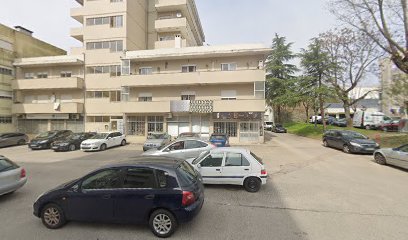
O Feitiço do Tempo - Antiguidades /Vintage Store
0.5 km
Explore the enchanting world of antiques at O Feitiço do Tempo in Braga, where every item tells a story and awaits a new home.
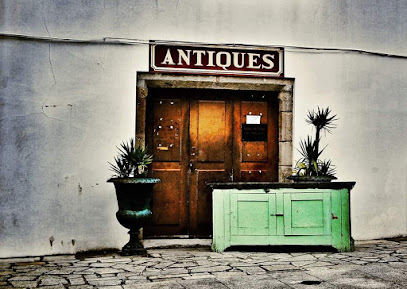
Antónia Lage Boutique
0.5 km
Explore Antónia Lage Boutique in Braga for exclusive fashion finds that blend modern style with local charm, perfect for every traveler.

sweetie shop
0.5 km
Explore Sweetie Shop in Braga for trendy clothing and accessories that embody the local culture, perfect for tourists and fashion lovers alike.

FloreSer
0.5 km
Discover a sanctuary of wellness at FloreSer, Braga's premier health and beauty shop, offering rejuvenating experiences and high-quality products.
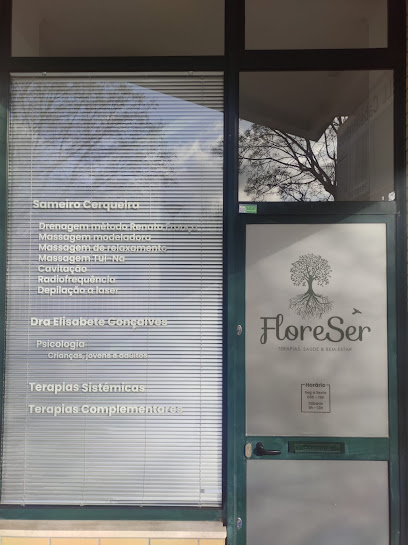
Essential bars & hidden hideouts
Sé La Vie
0.4 km
Experience the vibrant nightlife of Braga at Sé La Vie, a trendy bar offering a diverse drink selection and a lively atmosphere.
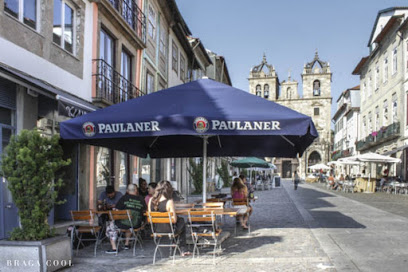
Rossio Bar
0.4 km
Discover Braga's nightlife at Rossio Bar, where vibrant drinks and a welcoming atmosphere await every visitor.
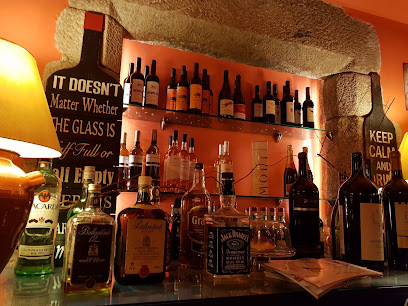
Mal Amado
0.4 km
Discover Mal Amado in Braga, a vibrant bar and brewpub offering local craft beers and a lively atmosphere in a unique and cozy setting.
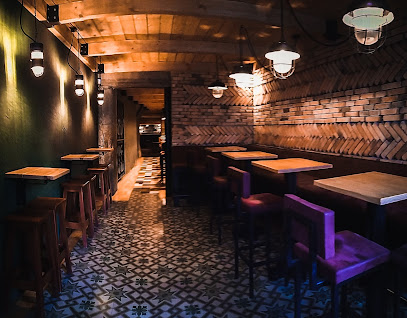
Juno
0.5 km
Experience the vibrant nightlife of Braga at Juno, a lively bar offering affordable drinks and great music for an unforgettable evening.
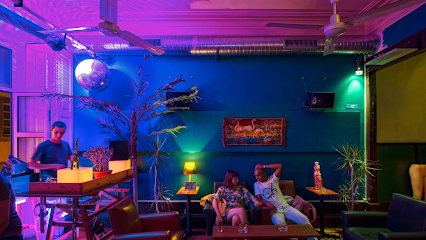
Bar Tosga
0.5 km
Discover the vibrant atmosphere and delightful drinks at Bar Tosga, Braga's lively bar perfect for socializing and relaxation.
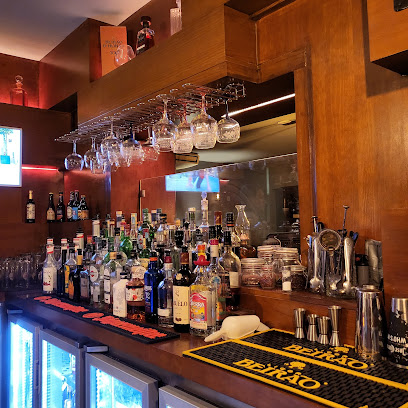
Pelle
0.5 km
Experience the vibrant nightlife of Braga at Pelle, where exquisite drinks and a lively atmosphere await every visitor.
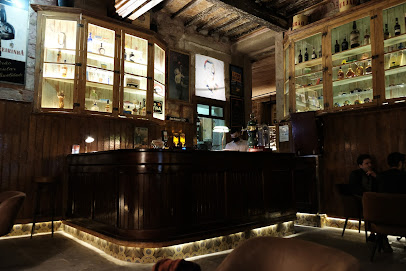
SETRA Urban & Cocktail Bar
0.5 km
Experience Braga's vibrant nightlife at SETRA Urban & Cocktail Bar, where innovative cocktails and great vibes await you.
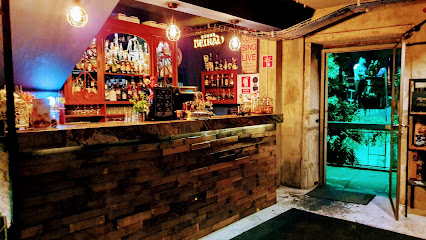
Jardim e Esplanada Capela dos Coimbras
0.6 km
Experience the serene beauty and vibrant atmosphere of Jardim e Esplanada Capela dos Coimbras, a charming bar in the heart of Braga, Portugal.
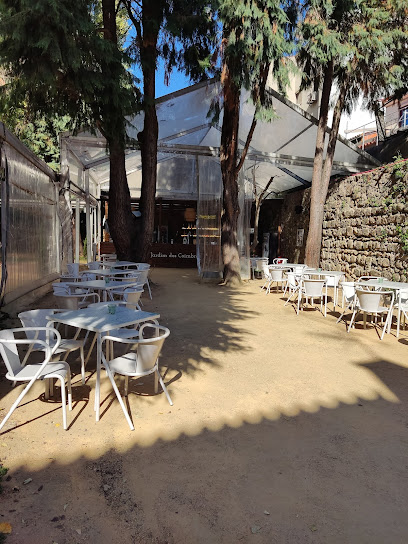
Bar Engenho no Copo
0.7 km
Experience the vibrant atmosphere of Bar Engenho no Copo, Braga's top spot for drinks, live music, and authentic local culture.
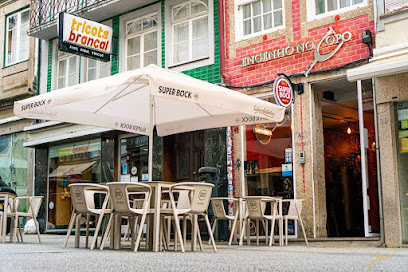
Engenho no Copo - bar & pub
0.7 km
Discover Engenho no Copo, Braga's vibrant bar and pub, where local flavors meet a lively atmosphere for an unforgettable night out.
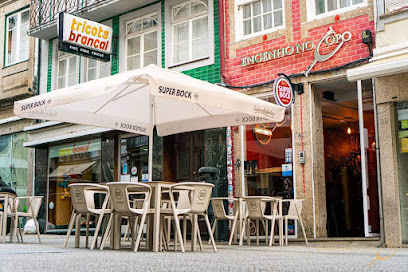
Speak Easy Braga
0.7 km
Experience Braga's nightlife at Speak Easy, a premier cocktail bar known for its innovative drinks and vibrant ambiance.
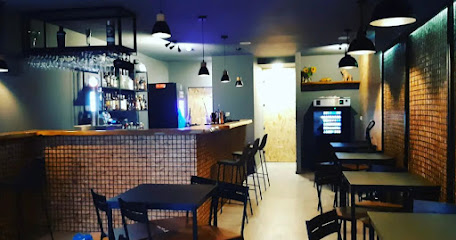
Dona Beer
0.9 km
Discover the vibrant atmosphere of Dona Beer, a premier beer garden in Braga, offering an extensive selection of craft beers and a welcoming environment.
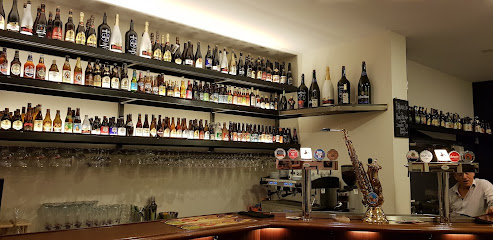
Café-Concerto RUM by Mavy
0.9 km
Discover the vibrant blend of art, culture, and nightlife at Café-Concerto RUM by Mavy in Braga, Portugal.
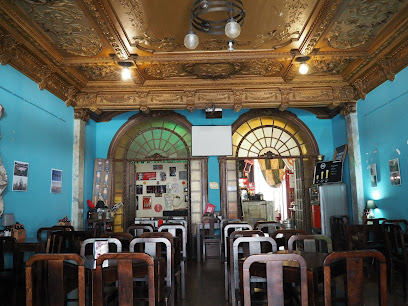
JAM JAzz Minho
0.9 km
Discover the soulful rhythms of live jazz at JAM Jazz Minho in Braga, a must-visit destination for music lovers seeking an unforgettable experience.

Liffey Irish Pub
0.9 km
Experience the heart of Ireland in Braga at Liffey Irish Pub, where hearty food, lively music, and a warm atmosphere await.
